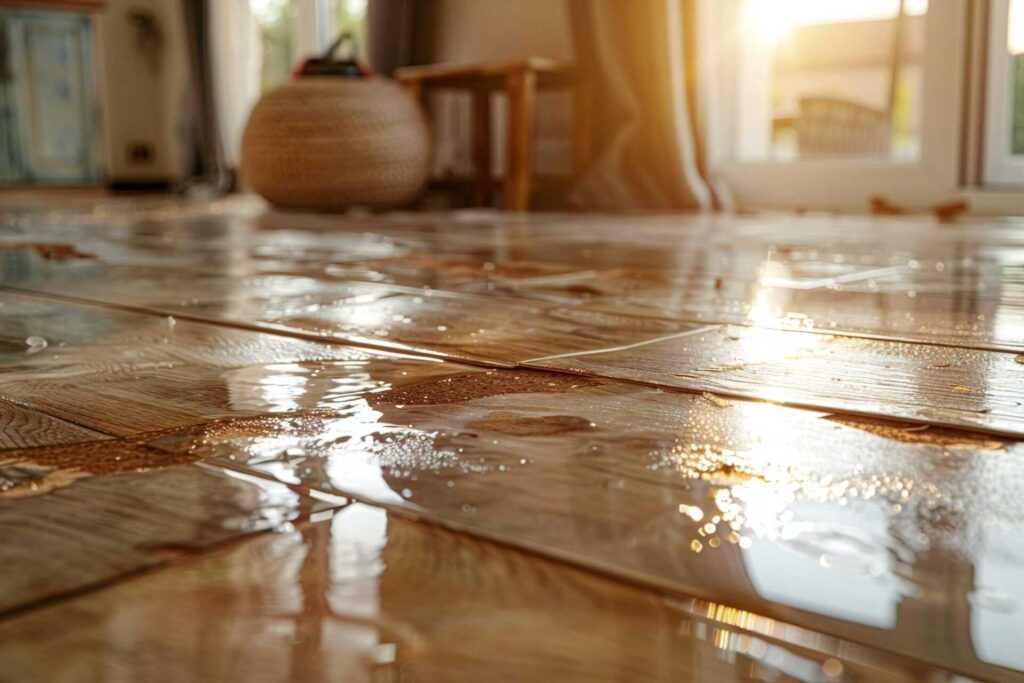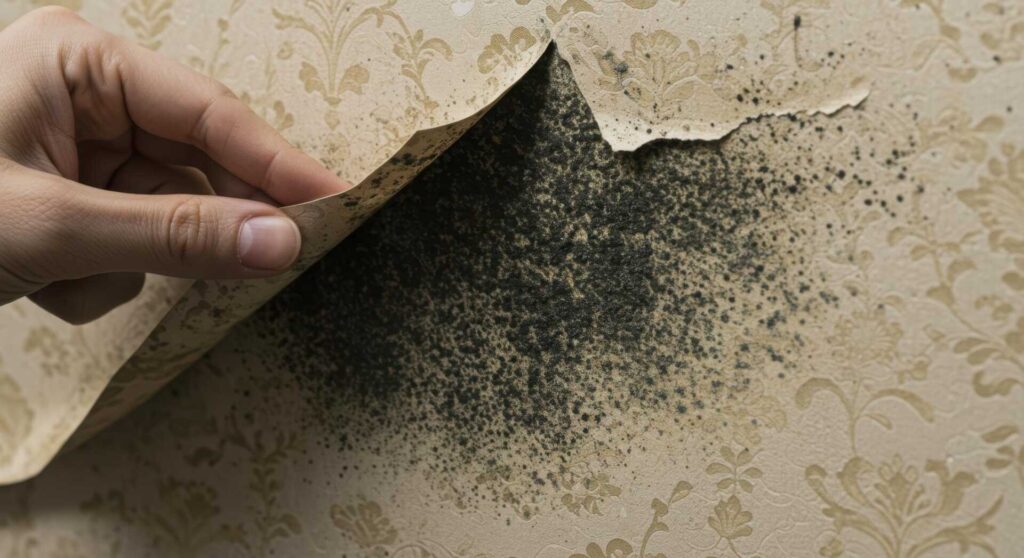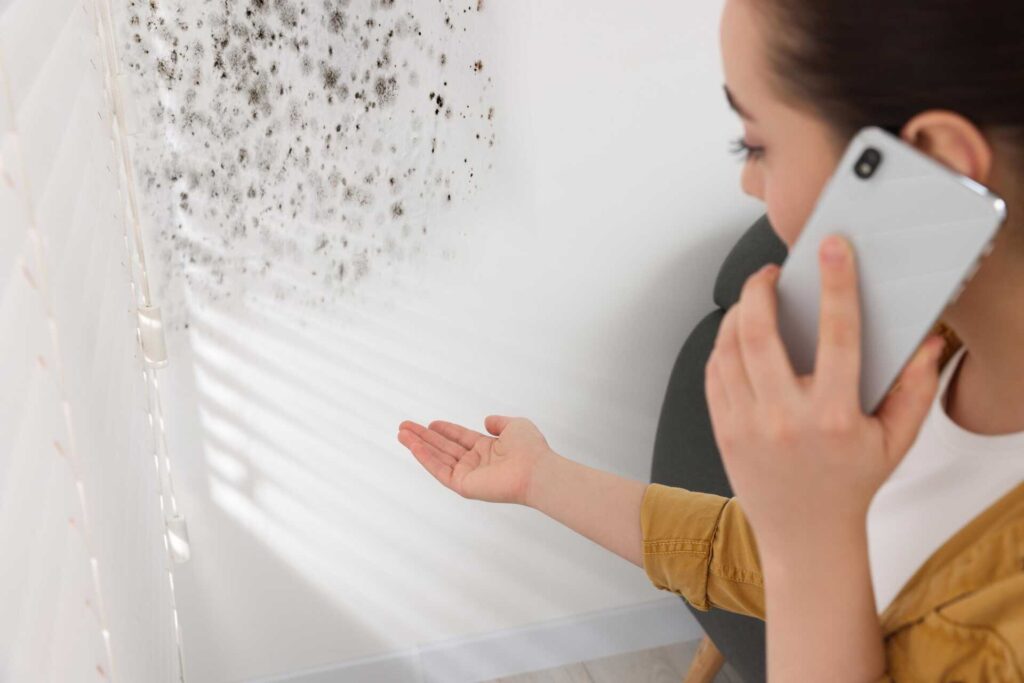
Contents
When water decides to make an unwelcome entrance, it’s vital to respond swiftly and effectively. You’ll want to carefully assess the damage and prioritize safety before diving into repairs. Understanding the right extraction methods and drying techniques can make all the difference. But what about preventing mold growth and restoring your belongings? Each step in the process plays an important role in ensuring a successful recovery. Let’s explore these strategies in detail.
Key Takeaways
- Conduct thorough visual inspections and use moisture meters to assess the extent of water damage effectively.
- Swiftly extract water using wet/dry vacuums or professional-grade pumps to minimize damage.
- Implement rapid drying techniques with fans and dehumidifiers to prevent mold growth within 24-48 hours.
- Ensure safety by inspecting for electrical hazards and structural instability before starting repairs.
- Document all findings and restoration efforts meticulously for insurance claims and professional consultations.
Assessing the Extent of Water Damage
How can you effectively evaluate the extent of water damage on your property? Start by visually inspecting the affected areas. Look for discoloration, warping, or peeling paint, as these often indicate moisture issues.
Next, check for musty odors, which can signal hidden dampness. Use a moisture meter to measure the moisture content in walls, floors, and ceilings; readings above 15% suggest significant water damage.
Don’t forget to examine your insulation, as soaked insulation can compromise structural integrity. If you’ve got carpets, lift them to see if the padding underneath is wet, as this can lead to mold growth.
Document your findings with photos and notes, which will be invaluable for insurance claims. By systematically evaluating the damage, you’ll gain a clearer understanding of what needs repair or replacement, allowing you to take informed steps toward restoring your home to its former condition.
Ensuring Safety Before Starting Repairs
Before you begin any repairs, it’s essential to assess for hazardous conditions, such as electrical issues or structural instability.
Make certain to wear appropriate protective gear, including gloves, masks, and goggles, to shield yourself from potential contaminants.
Prioritizing safety protects you and ensures a smoother repair process.
Assess Hazardous Conditions
Evaluating hazardous conditions is essential for ensuring your safety when dealing with water damage repairs.
Start by inspecting the area for electrical hazards; turn off the power supply to avoid shock. Next, check for structural instability. Look for sagging ceilings or walls and avoid any areas that seem compromised.
If you notice mold growth, this can pose health risks, so assess the extent before proceeding. Additionally, be aware of slippery surfaces, which can cause falls.
Ensure adequate ventilation if you’re working in confined spaces to prevent inhalation of harmful fumes from materials.
Wear Protective Gear
When tackling water damage repairs, wearing protective gear is essential for your safety and well-being.
Start with waterproof boots to keep your feet dry and shielded from sharp debris. Use gloves—preferably rubber or nitrile—to protect your hands from contaminated water and hazardous materials.
A mask or respirator is vital to filter out harmful mold spores and airborne particles, especially in damp environments. Consider goggles to safeguard your eyes from splashes and irritants.
You might also want to wear long sleeves and pants to minimize skin exposure.
Swift Water Extraction Methods
As water begins to accumulate in your space, swift water extraction becomes vital to minimize damage and prevent mold growth.
First, assess the situation and locate the source of the water. If it’s safe, turn off electricity to prevent hazards. Use a wet/dry vacuum for small amounts of water, ensuring you remove it quickly and thoroughly.
For larger volumes, consider professional-grade pumps, which can extract water more efficiently. Position the pump in the lowest area and monitor the extraction process closely.
If you’re dealing with contaminated water, like sewage, prioritize safety by wearing protective gear and using specialized equipment designed for hazardous materials.
Once you’ve removed as much water as possible, check for hidden pockets in carpets and under floors.
Swift action is essential; the sooner you extract the water, the better your chances of preventing long-term damage to your property and health.
Drying and Dehumidification Techniques
To effectively tackle water damage, you need to implement strategic air movement techniques that promote evaporation.
Utilizing dehumidifiers according to their guidelines is essential for controlling humidity levels and preventing further damage.
Additionally, mastering surface drying methods ensures that all affected areas return to a safe and dry state quickly.
Air Movement Strategies
Effective air movement strategies are essential in the drying and dehumidification process following water damage. To maximize efficiency, position fans strategically to create cross-ventilation. Aim them toward wet surfaces, ensuring airflow circulates throughout the affected area.
Use high-velocity fans for faster evaporation, while smaller fans can target specific spots. Additionally, consider using air movers to enhance moisture removal from carpets and walls.
Keep windows and doors closed to prevent external humidity from interfering with your efforts. Monitor relative humidity levels with a hygrometer, adjusting your approach as necessary.
Dehumidifier Use Guidelines
Using dehumidifiers is crucial in managing moisture levels after water damage, and following specific guidelines can enhance their effectiveness.
First, choose the right size dehumidifier for your space; too small won’t do the job, while too large can waste energy.
Place the unit in the most affected area, and ensure it’s at least six inches off the floor for ideal airflow.
Monitor humidity levels with a hygrometer, aiming for 30-60% relative humidity for efficient drying.
Empty the water reservoir frequently or connect a drain hose for continuous operation.
Finally, keep doors and windows closed to prevent external humidity from interfering.
Surface Drying Techniques
When tackling water damage, it’s essential to dry surfaces quickly and thoroughly to prevent mold growth and further structural issues.
Here are three effective surface drying techniques you can implement:
Use Fans: Position high-velocity fans to circulate air across wet surfaces. This speeds up evaporation and helps moisture escape.
Apply Heat: Utilize space heaters or heat guns to raise the temperature in affected areas. Warmer air holds more moisture, aiding in drying.
Moisture Meters: Invest in a moisture meter to track progress. This will ensure you know when surfaces are adequately dried before proceeding with repairs.
Mold Prevention Strategies
Addressing moisture control is essential to prevent mold growth after water damage. Start by thoroughly drying all affected areas within 24 to 48 hours. Use dehumidifiers to reduce humidity levels below 60%. Install exhaust fans and open windows when possible to ensure proper ventilation in rooms, especially bathrooms and kitchens.
Next, inspect hidden spaces like behind walls and under flooring. Mold thrives in dark, damp environments, so consider using moisture meters to identify any lingering dampness.
Apply mold-resistant paints and sealants to surfaces prone to moisture exposure, providing an additional layer of protection.
Regularly check for leaks in plumbing and roofs, and promptly repair any issues. Keep gutters clean to prevent water backup, and maintain drainage away from your foundation.
Repairing Structural Damage
After effectively preventing mold growth, the next step involves evaluating and repairing any structural damage caused by water intrusion.
You’ll want to inspect your property thoroughly, focusing on areas like walls, ceilings, and floors where water may have pooled or seeped in.
Follow these steps for effective repair:
Assess Damage: Carefully check for warping, cracks, or soft spots. Use a moisture meter to identify hidden dampness.
Remove Affected Materials: Cut out any compromised drywall, flooring, or insulation. Make sure you dispose of these materials properly to prevent further issues.
Reinforce and Replace: Install new structural components as needed. Use moisture-resistant materials to enhance durability and protect against future water damage.
Restoring Personal Belongings
Restoring personal belongings after water damage requires immediate action to minimize loss and potential health risks.
Start by evaluating the damage; categorize items into salvageable and non-salvageable. For fabrics like clothing and upholstery, rinse them in cold water to remove contaminants, then wash them in hot water with a detergent that contains enzymes.
For wooden furniture, dry it quickly to prevent warping; use fans and dehumidifiers to expedite the process.
Photographs, documents, and other paper items can be frozen to halt deterioration, then air-dried carefully when you’re ready.
Professionals should only handle electronics; don’t attempt to power them on until they’ve been evaluated.
Lastly, keep a detailed inventory of all damaged items for insurance purposes.
Implementing Long-Term Solutions
While you may have successfully restored personal belongings after water damage, implementing long-term solutions is crucial for preventing future issues.
Here are three effective strategies to take into account:
Install a Sump Pump: This device helps remove excess water from your basement or crawl space, markedly reducing flood risk. Regular maintenance ensures it operates when you need it most.
Improve Drainage Systems: Inspect gutters and downspouts to verify they direct water away from your foundation.Think about grading your yard to promote proper drainage, preventing water accumulation.
- Seal Cracks and Gaps: Regularly check for and seal any cracks in your foundation or walls.
Use waterproof sealants to protect vulnerable areas, diminishing the likelihood of water intrusion.
Hiring Professional Water Damage Restoration Services
When faced with extensive water damage, hiring professional restoration services can make a significant difference in the recovery process.
These experts bring specialized equipment and training to effectively assess the damage, ensuring no hidden moisture lingers that could lead to mold growth. They use advanced techniques like thermal imaging and moisture mapping to pinpoint affected areas.
Moreover, professionals can quickly extract water and implement drying methods that are scientifically proven to restore your property efficiently.
They also handle the complex task of sanitizing and deodorizing the space, creating a safe environment for you and your loved ones.
Summary
In the aftermath of water damage, envision your space transforming from a damp, chaotic environment to a dry, revitalized sanctuary. By evaluating the damage, swiftly extracting water, and employing effective drying techniques, you can reclaim your home. Prevent mold with strategic ventilation and restore your belongings with care. Remember, while DIY efforts can help, enlisting professional services ensures thorough, lasting results. Your home deserves a meticulous approach to repair, safeguarding it against future water woes.

